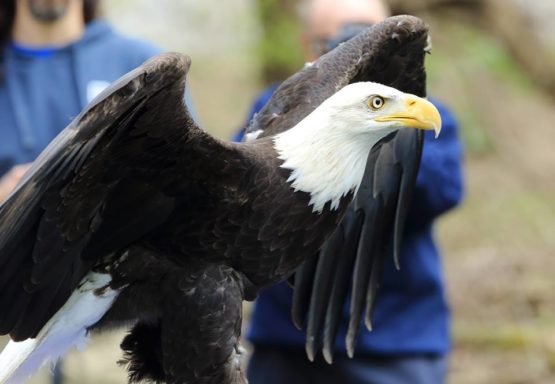
What do the Great Barrier Reef, the Amazon Rainforest, the Florida Everglades, and the Delaware River Watershed all have in common?
First, they all provide habitat—think of coral reefs, tree top canopies, and nesting birds in your backyard. Second, they are each a bustling hub of recreation, exploration, and biodiversity. Finally, and most importantly, they need our help.
What is Habitat Loss?
Habitat is defined by the U.S. Fish and Wildlife Commission as “a combination of environmental factors that provides food, water, cover and space that a living thing needs to survive and reproduce.”
Habitat loss is the gradual or rapid destruction those environmental necessities that allows species to survive and thrive.
What Causes Habitat Loss?
The driving factor of wildlife habitat loss in recent years has stemmed from the necessity of humans and their communities to provide for our growing food, shelter, and water needs. But there are other factors as well
Coastal wildlife will lose their habitats as the sea level rises and species that live in higher-elevation habitats will be lost if they are unable to adapt quickly enough to temperature increases. The U.S. Fish & Wildlife Service has noted the growing body of evidence linking climate change to shifts in wildlife populations and their habitats.
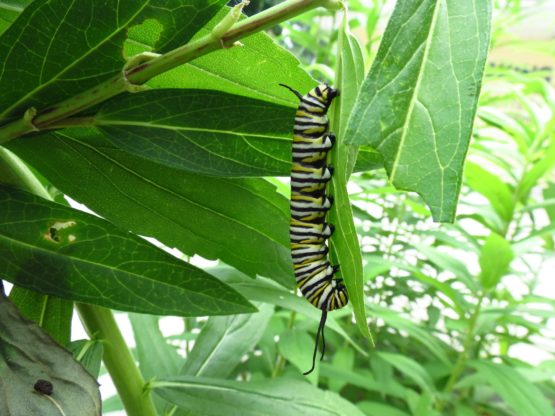
Habitat Loss and the Importance of Biodiversity
But why should we even care about habitat or species loss anyway? Well, we need to talk about biodiversity to understand that, which is defined by the Encyclopedia Britannica as the variety of life found in a place on Earth.
According to the World Wildlife Fund, biological diversity is the:
“…resource upon which families, communities, nations, and future generations depend. [Biological diversity] is the link between all organisms on earth, binding each other into an interdependent ecosystem, in which all species have their role9.”
Biodiversity provides us with everything we need in order to thrive on this planet in addition to the sun and water. There is no magical way for the human species to live independently of the larger biological system on which we deeply depend. Without nature and its plethora of resources, it is impossible to support ourselves and future generations. This is why we must each play a role in protecting the environment and its natural resources.
Humans have been around on earth for hundreds of thousands of years and until now, our planet has never supported so many people at one time. In fact, within the next 40 years, the human population is expected to reach 10 billion for the very first time in Earth’s history [see figure 1].
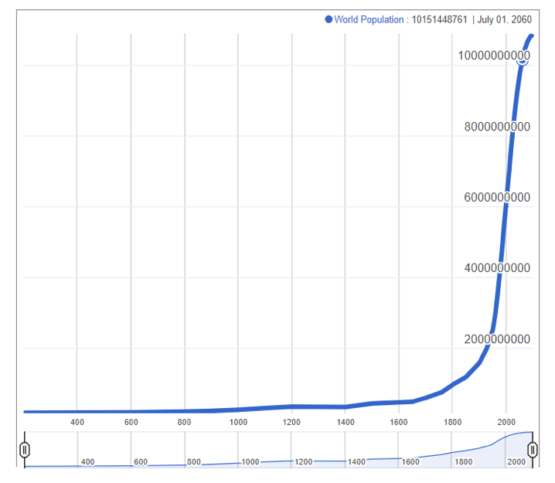
[Fig. 1] Human population trend over time, from the year 300 to the year 2060
Braulio Dias, the former Executive Secretary of the Convention on Biological Diversity, told BBC News:
“…the drivers behind species loss are mostly increasing – land conversion [for development] and degradation, pollution, climate change. And of course…consumption is growing – and most of that consumption is not sustainable.”
Yikes. To simplify what Braulio Dias says here, humans as a species are pushing out other species with their unsustainable consumption of resources.
The realities of our current situation are quite terrifying in the most powerful sense of the word, but in the same hand, wholly necessary to be aware of—especially if you: A) plan to be here for at least 50 to 60 more years or B) have young ones in your life that need to support themselves in the future. Facing these issues head on is our best chance to make things right. It is more important than ever before in human history to get involved in environmental protection.
Solutions to Habitat Loss: Knowledge and Involvement
Solutions to habitat loss and a lack of biodiversity—whether it’s in an urban, suburban, or rural community—are possible and within reach.
There is a wealth of information accessible to many of us at the push of a button and more ways to connect with local, national, and global communities than ever before. We can draw inspiration and solutions from nearly anywhere in the world and apply them in our own communities based on the specific challenges they face.
Cristiana Pașca Palmer, the current Executive Secretary of the Convention on Biological Diversity, told The Guardian:
“Things are moving. There is a lot of goodwill,” she said. “We should be aware of the dangers but not paralyzed by inaction. It’s still in our hands but the window for action is narrowing. We need higher levels of political and citizen will to support nature.”
We must all be environmentally-minded, simply because we all need the environment. The most important thing we can do is get involved, raise our knowledge of the situation, and share it with everyone we know—your mom, brother, father, sister, aunt, uncle, cousin, niece, nephew, friend, coworkers, basically anyone who will listen.
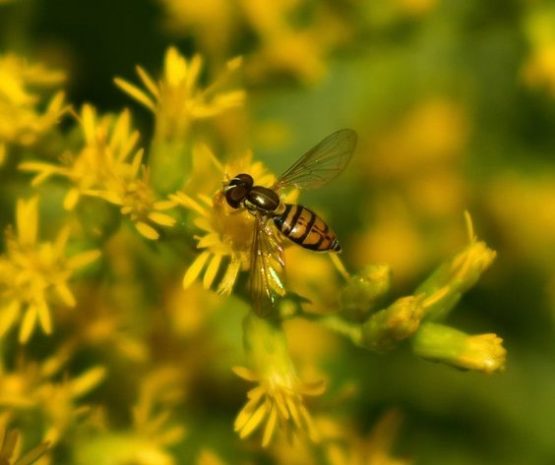
Once you start looking, solutions to combat habitat loss are everywhere. A Sustainable Mind, a podcast created by Marjorie Alexander in 2015, raises awareness about the world’s most impactful environmental initiatives, organizations, and campaigns in a way that is accessible to anyone at any level of environmental knowledge. This was my personal starting point and continues to be a critical and personal source of motivation and creativity.
Local communities and organizations are great places to begin to make an impact. Investing any available time and money in your community is an investment in your future and the future of your children. To get myself involved with my community, I reached out and began working for Heritage Conservancy as a Delaware River Watershed Fellow for the past 5 months.
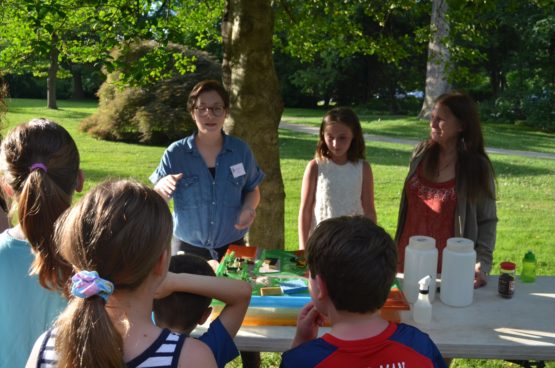
Heritage Conservancy is preparing for the obstacles ahead. By protecting over 15,000 acres of habitat, natural spaces, and farmland in southeastern Pennsylvania, Heritage Conservancy supports the biodiversity within many local wetland, meadow, and forest ecosystems that we cannot afford to lose. Their work supports local wildlife habitat and protects water quality.
Heritage Conservancy’s work is essential as it continues its mission to preserve and protect the natural and historic heritage of its local area while educating the next generation of environmental stewards throughout Bucks County, PA. Contributing to the beautification of communities throughout my county through their preservation work while their community engagement and stewardship teams work to conduct cleanups, tree plantings, and garden installations with local school groups and other volunteers.
Being a proud part of the Alliance for Watershed Education (AWE), Heritage Conservancy collaborates with 22 other environmental groups to raise awareness of the Delaware River Watershed and its diverse and important habitats.
Our Government’s Role
The most influential law on habitat protection in the United States is a piece of legislation known as the Endangered Species Act (ESA). Since it passed in 1973 with bipartisan support, the ESA has been extremely effective. It has stopped ninety-nine percent of listed plant and animal species from being driven to extinction, including the American Bald Eagle.
Crucially though, laws and the ways they are enforced are subject to amendments, or changes, by those we elect to local, state, and federal offices. Sometimes, those changes can be detrimental to the environment.
On August 12, 2019, the current presidential administration announced amendments to the regulations used to implement the ESA. These amendments weakened the ESA’s ability to protect endangered species and their habitats.
Additionally, these changes decreased scientific oversight and crippled the ability for the ESA to decide what should or should not be protected. All of these changes make it much more difficult for the United States to prepare for the anticipated threats that climate change poses to American wildlife.
In terms of future habitat protection, governments all around the world play a significant role. By paying attention to the laws and regulations responsible for protecting habitat for animals in your own municipality, city, state, and country, we as a citizenry can contribute to the protection of habitats such as the Everglades, the Amazon, the Great Barrier Reef, and any wildlife in our backyards and local forests, parks, and waterways.
In Conclusion
I’ll reemphasize here how critical it is that we each get involved in any way we can with habitat protection and environmental stewardship. Whether you are from an urban, suburban, or rural area, you can have a positive impact on your community and your local wildlife habitats. For our health and the health of our communities, we have no choice but to get involved and inspired to make a difference!
Find a local environmental education center and see how you can get involved with protecting wildlife and habitats in your area.
